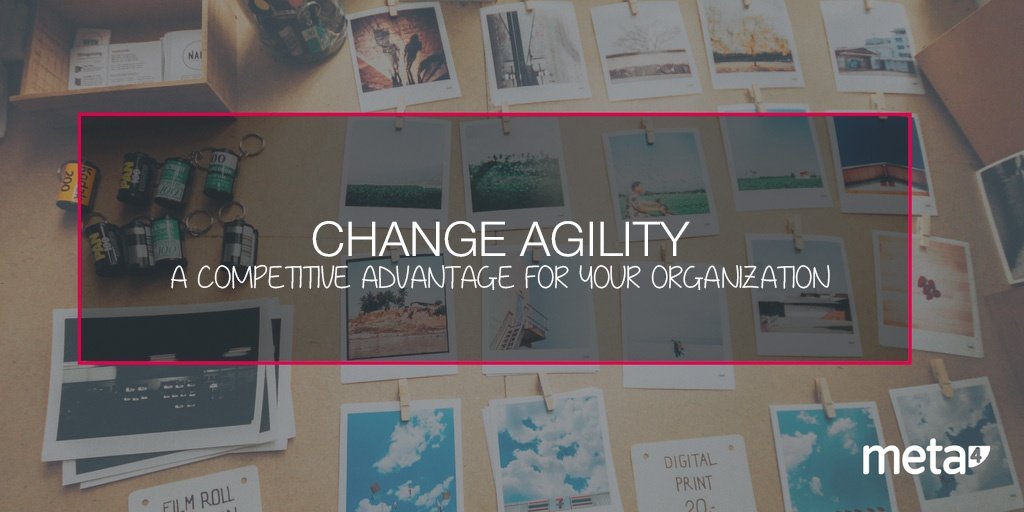By Ciro Pérez, President at Change Americas
Why does an organization need to be agile?
Markets and their conditions move with such high agility; any situation comes with multiple variables and interconnected elements which are hard to understand. At the same time, although explosive development of technology enables information to be accessible, it changes with such speed over time. The environment puts us in a situation where events are unpredictable and the general rule of the thumb in organizations is that “we know we do not know”.
Uncertainty continues to play a leading role when organizations encounter this phenomenon: many are still assiduously fighting the idea of change while perceiving it as an external phenomenon rather than as an aspect inherent to its nature.
Understanding the characteristics of the changing environment, it is essential that companies develop capacities and abilities to tackle this and which make it easier to respond to all these demands. From this perspective, the notion of organizational agility emerges as a quality desired by many but possessed by few.
For consultants like McKinsey, change agility is the ability to identify and seize opportunities in the environment faster than competitors. For The Economist, it is the ability to transform information into ideas that address market needs. We have defined organizational agility as the time it takes for an organization to have an idea, turn it into a project, rolling it out, make it profitable and generate return on investment. It is a skill present within the fabric of the organization that brings competitive advantage; from this perspective change is proactive (planned) and not reactive (unplanned).
Many organizations continue to view changes from the perspective of their leaders who learned it from early twentieth century production theories and administrative models. Back then the notion of “risk” was synonymous with change, while stability in the environment was a promise with greater chances of happening.
So while the market continues to demand greater agility from organizations, many of them still depend on how open their managers are to change processes that come with this agility. Based on the above, we understand that agility in organizations is not only an option or the result of a trend, but a condition to be up to date and competitive.
Some keys for developing agility:
Change agility is not a skill that can be developed overnight, yet identifying what are its key elements will enable you to embark on this grand journey towards your competitive edge. Here are a few keys:
- Do not overlook what is happening outside your organization. Respond quickly to the strategic opportunities presented by your environment, sector and market.
- Your production cycles should be reviewed in short intervals to make decisions as appropriate. In all scenarios, these decisions must be taken very quickly.
- Integrate the voices of your customers and consumers throughout your strategy, not just in the marketing, sales and services aspects.
- Keep an eye on risk management. Changing quickly does not mean putting at risk what the organization has already built…
- Set up interdisciplinary project teams. The different points of views and perspectives in a project will help you find faster and better paths.
- Encourage cross management in your organization that allows you to eliminate organizational silos. Collaboration and networking are fundamental to implementing any initiative / project.
- Make sure to have contingency plans that enable you to take on the changing environment. While you may not have all the answers, you can have a plan of action for the changes as they arise.
- Use iterative project management practices to ensure the development of successful initiatives / projects.
- Technological leverage. For obvious reasons, technology will be your ally, make the most of the advances and possibilities that this offers us, otherwise you will lag behind.
- Anticipate and plan change, integrate this into all your initiatives / projects and convert it so it becomes part of your DNA, as this will be the key for people to become the protagonists of their transformation.






